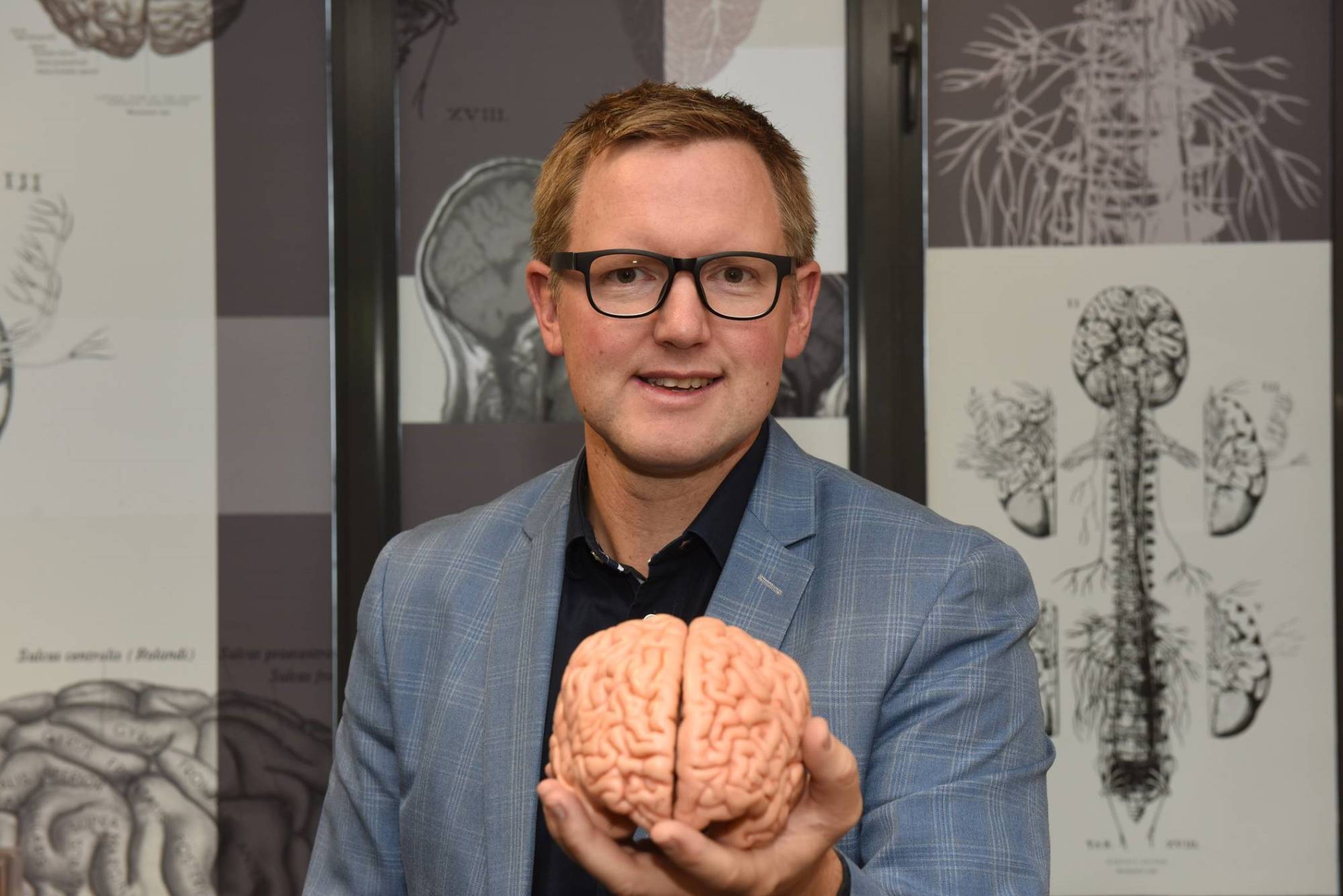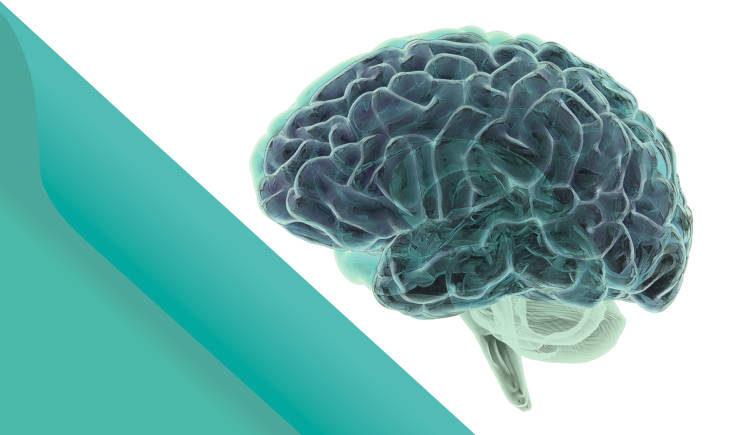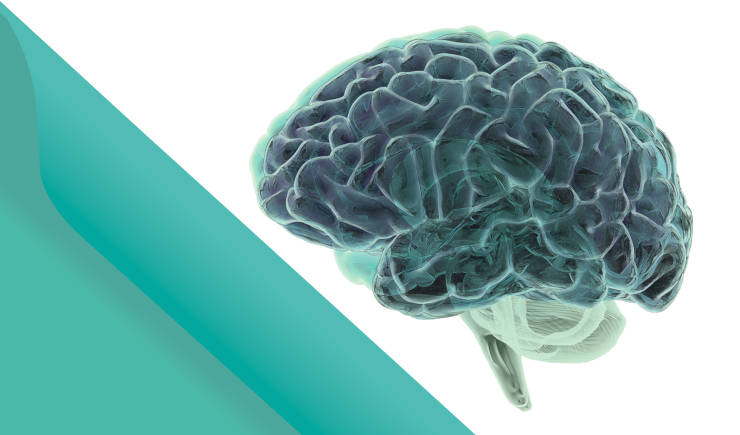 Online
Online
 12:30 PM Tuesday, 11 August 2020
Register Here
12:30 PM Tuesday, 11 August 2020
Register Here
The Neurological Foundation Human Brain Bank housed in the Centre for Brain Research at Auckland University is one of the largest brain banks in the world.
The Neurological Foundation Human Brain Bank housed in the Centre for Brain Research at Auckland University is one of the largest brain banks in the world. The bank holds stored tissue from more than 1,000 brains and over 700 whole brains that have been donated, as well as additional tissue acquired from neurosurgical procedures. These samples are then sent worldwide to assist with research into neurological conditions like Alzheimer’s disease, Parkinson’s disease, Huntington’s disease, Epilepsy, Motor Neuron disease and many more.
Professor Maurice Curtis, Deputy Director of the Neurological Foundation Human Brain Bank, will be speaking to audience members about the inner workings of the brain bank, and what makes this specific New Zealand based brain bank, one of the best in the world. Additionally, he’ll also be discussing how the tissue goes into helping scientists and clinicians conduct their neurological research.

Meet the presenter: Professor Maurice Curtis
Professor Maurice Curtis is the Deputy Director of the Neurological Foundation Human Brain Bank and Head of the Department of Anatomy and Medical Imaging at the University of Auckland.
He started his career in 1999 as he embarked on a master’s degree looking for new brain cells in brains affected by neurodegenerative disorders. In 2000 he was then awarded the Miller Postgraduate Scholarship from the Neurological Foundation to fund his PhD studies in investigating the human brain affected by Huntington’s disease. For this research during his PhD studies, he was awarded the University of Auckland Best Doctoral Thesis Award. From there he was then awarded the Wrightson Postdoctoral Fellowship to work in Sweden to continue his understanding of neurogenesis in humans. From here his ground-breaking work on the Olfactory System was started and in 2007 he was published, alongside his Swedish mentor, Professor Peter Eriksson, in the world-leading journal, Science. The success of his Wrightson Fellowship helped him secure a job at the University of Auckland as a lecturer in the Department of Anatomy with Radiology, and since then has been promoted to Professor.







